(In Memory) Beekeeping In Malaysia.
- Lesster Leow

- Mar 6, 2018
- 2 min read
Updated: Mar 28, 2023
In 2011, I had a wonderful visit to Azman, a beekeeper in Bangi, Kuala Lumpur. Azman and I had been in communication since last year, and he knew that I was planning to visit Malaysia at this time. He invited me to visit his apiary and share his enthusiasm for beekeeping.
During my visit, I was impressed with Azman's achievements. His apiary was the first one I had seen that used the African beekeeping method of the Kenyan Top Bar hive system. I wouldn't be surprised if he was the first person in this part of the world to use this method.
My visit was important because I wanted to know how Apis cerana, a species of honeybee, would react to the top bar hive method of beekeeping. In Uganda, African honeybees do well with the KTB method, and I am very familiar with it. I felt like I was back in Uganda when I saw Azman's apiary. I also felt that top bar beekeeping was more economical for local people, who may not be able to afford expensive Langstroth hives and European bees to start a beekeeping enterprise. One Langstroth hive with bees costs RM1,800 (US$625), and it only provides the brood box, base board, and cover. It does not include the queen-excluder and super, so many local villagers cannot afford to start a business with such an investment.
Azman's apiary was surrounded by a large plantation of star fruits, which provided a great source of nectar and pollen for his bees. The bees were happily buzzing around the flowers, pausing for just a moment before entering them.
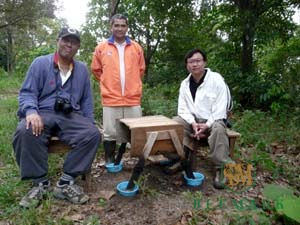
Although this was Azman's first attempt at beekeeping, he was already doing it well. However, there were a few pointers that he needed to consider. Azman had teamed up with his friend, Haniz, and both were equally passionate about beekeeping.
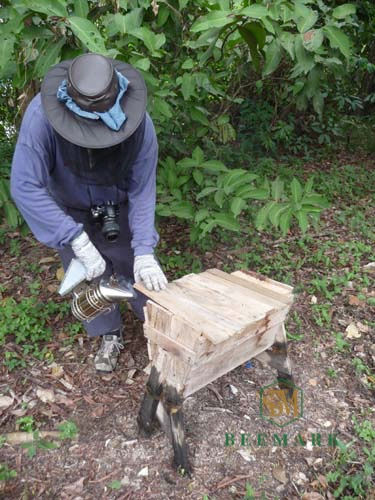
They began with just one colony, but by the time of my visit two days ago, Azman and Haniz had six hives in their apiary. Their success served as an example for others, as they had started with minimal spending on equipment and bees. Instead, they recycled wooden crates and palettes to create smaller versions of the Kenyan Top Bar hives through trial and error. Despite their lack of experience, the bees found their way to these hives.
Azman's interest in observing the bees led him to create an observation hive with a glass window on the side of one of the hives. He would often open the side panel to observe the bees at work.
The apis cerana honeybees, while more defensive than their African counterparts, were not as aggressive and could be handled without protective gear with proper knowledge and care. Azman had expressed curiosity about handling African honeybees without protective gear, but was pleased to see how it was done during a training program led by me, where participants were trained to handle African honeybees bare-handed.
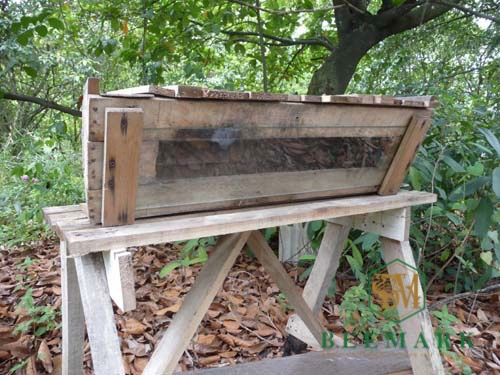

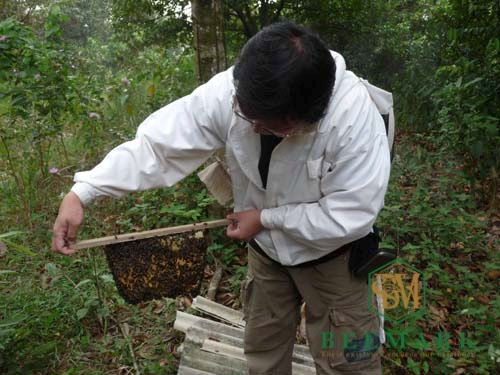
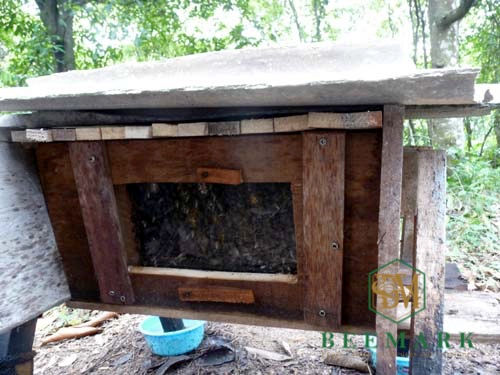

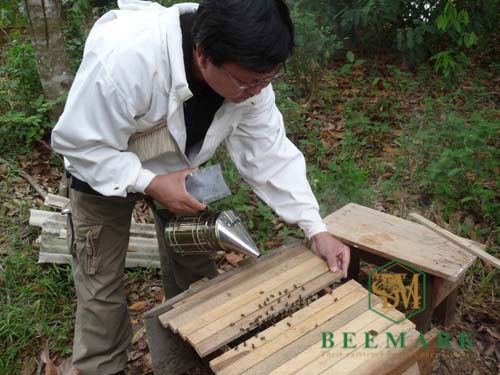
Update: Azman left us on 7th February 2018. May his soul rest in peace.




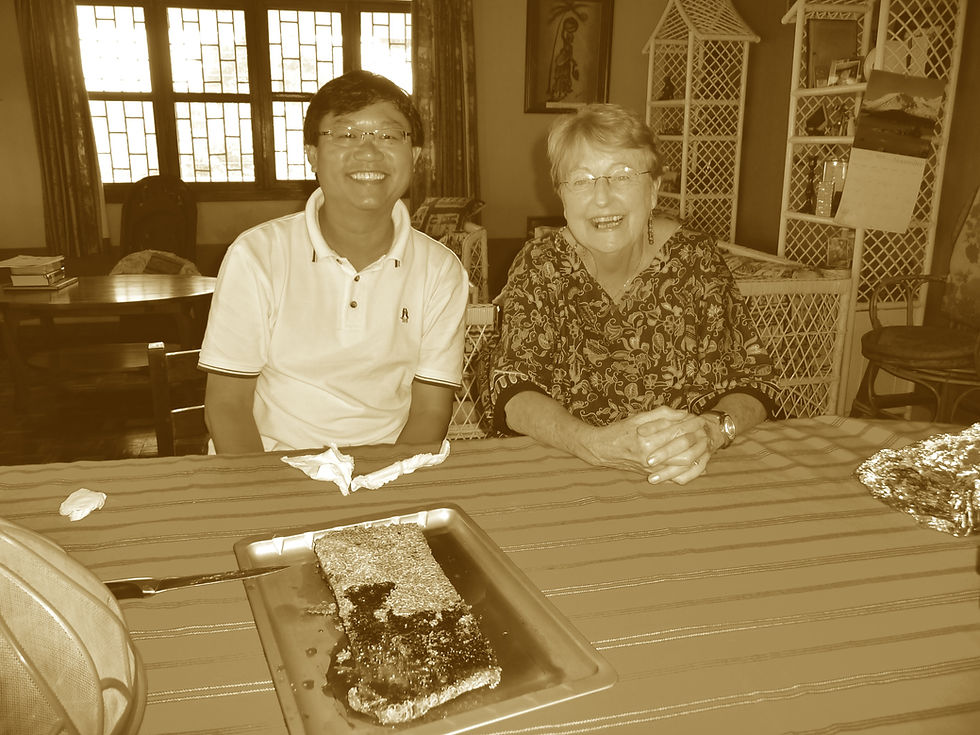

Comments